Ringlet (Aphantopus hyperantus)
The Ringlet (Aphantopus hyperantus) is a charming butterfly commonly found in grassy habitats. It is named after the distinctive ring-shaped eyespots on its wings, which provide excellent camouflage and protection against predators. Its dark brown coloration and understated beauty make it a favorite among butterfly enthusiasts.
Physical Description
- Size:
- Wingspan: 40–52 mm (1.6–2.0 inches).
- Coloration:
- Upperwings: Dark brown with subtle, lighter margins.
- Undersides: Lighter brown with several cream-edged black eyespots, often arranged symmetrically.
- The number and size of eyespots can vary between individuals.
- Antennae: Clubbed and used for navigation and detecting mates.
Behavior
- Flight Period:
- Active from late June to early August.
- Activity:
- Often seen flying in slow, fluttering patterns close to the ground.
- Prefers shady areas and remains active even in overcast weather, unlike many other butterflies.
- Diet:
- Adults feed on nectar from bramble, thistles, and other wildflowers.
- Caterpillars feed on grasses such as cock’s-foot (Dactylis glomerata) and false brome (Brachypodium sylvaticum).
Habitat
- Found in damp, grassy environments such as:
- Woodland clearings and edges.
- Meadows and pastures.
- Hedgerows and road verges.
Life Cycle
- Eggs:
- Laid singly on grass blades in midsummer.
- Caterpillars:
- Pale green with faint stripes, feeding nocturnally on grasses.
- Overwinter in the larval stage.
- Pupa:
- Suspended near the ground among grasses, with a pale brown appearance.
- Adults:
- Emerge in early summer and live for around three weeks.
Distribution
- Widely distributed across Europe, including the UK, and into Asia.
- Prefers temperate climates and is common in suitable habitats.
Conservation Status
- Classified as Least Concern, with stable populations.
- Locally threatened by habitat loss due to agricultural intensification and changes in land use.
Ecological Role
- Pollination:
- Plays a role in pollinating wildflowers while feeding on nectar.
- Food Source:
- Serves as prey for birds, spiders, and predatory insects.
Interesting Facts
- Weather Resilience:
- Unlike many butterflies, the Ringlet is active on cloudy days, giving it an advantage in cooler climates.
- Eyespots:
- The ringed eyespots are thought to deter predators by mimicking the eyes of larger animals.
- Variation:
- The number and size of eyespots vary geographically and individually, showcasing the species’ adaptability.
Summary
The Ringlet (Aphantopus hyperantus) is a hardy and adaptable butterfly, perfectly suited to damp, grassy habitats. Its subtle beauty and ecological importance as a pollinator and prey species make it a valuable part of its ecosystem. Conserving its habitats ensures the continued success of this delightful butterfly.
Visited 1 times, 1 visit(s) today
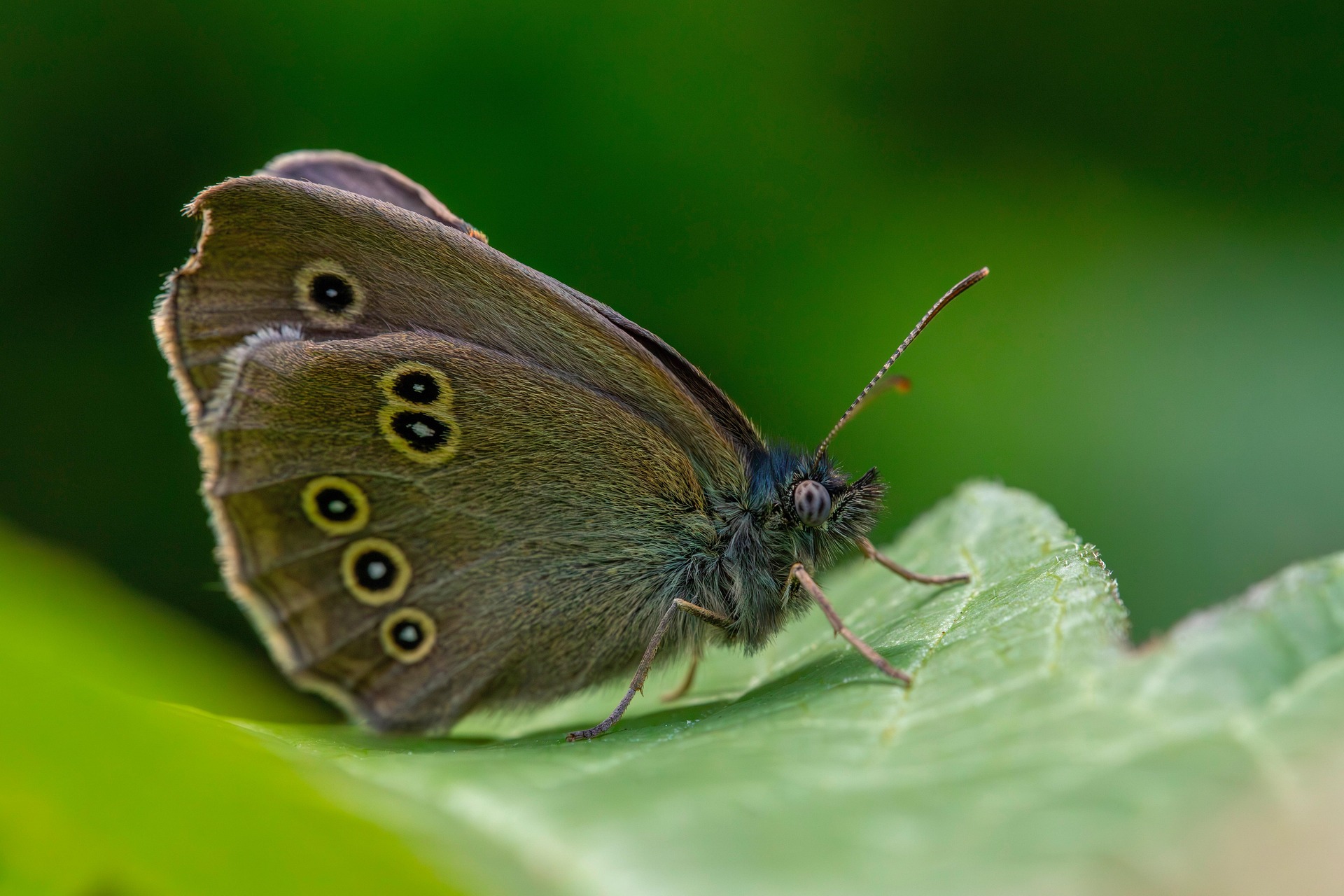
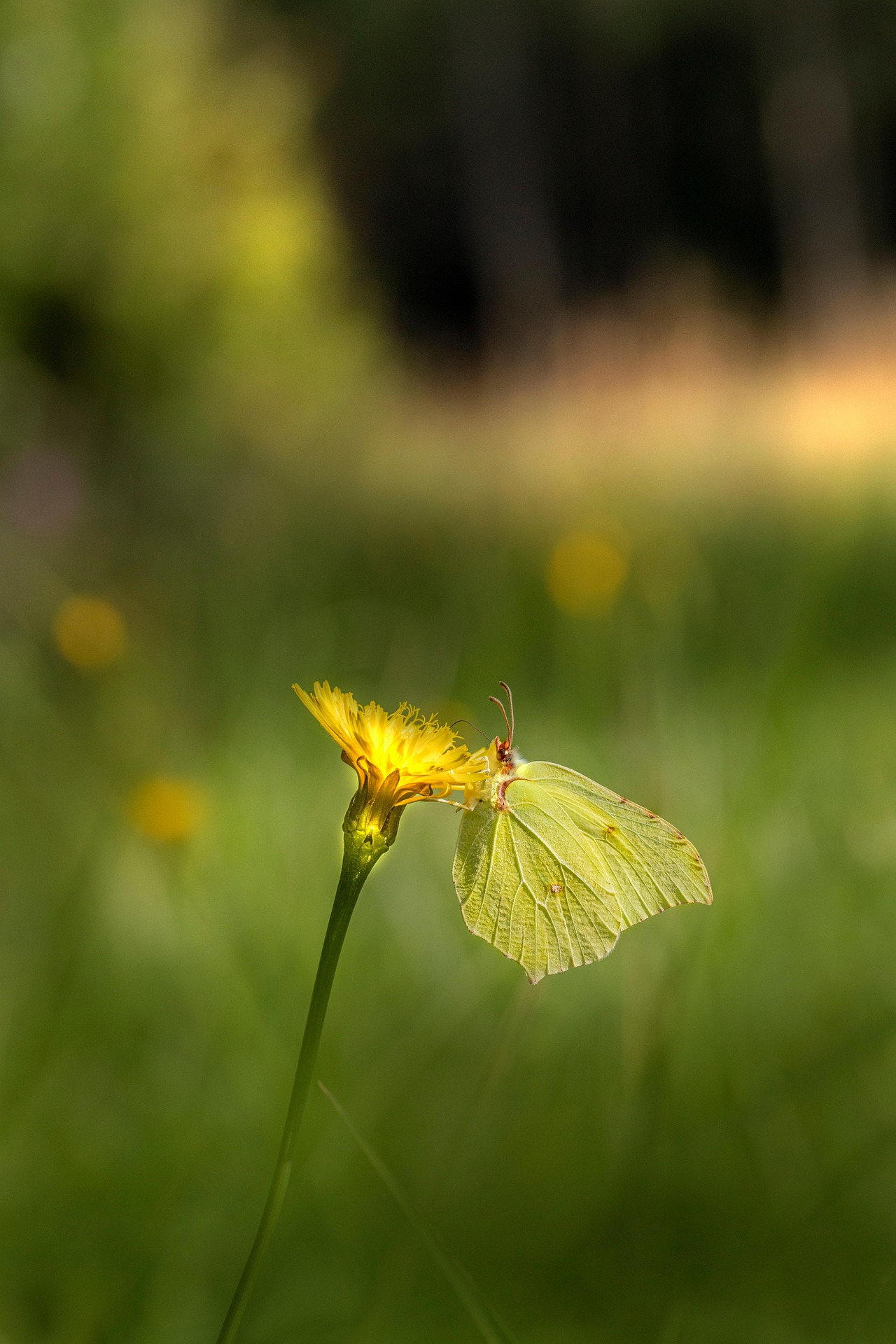
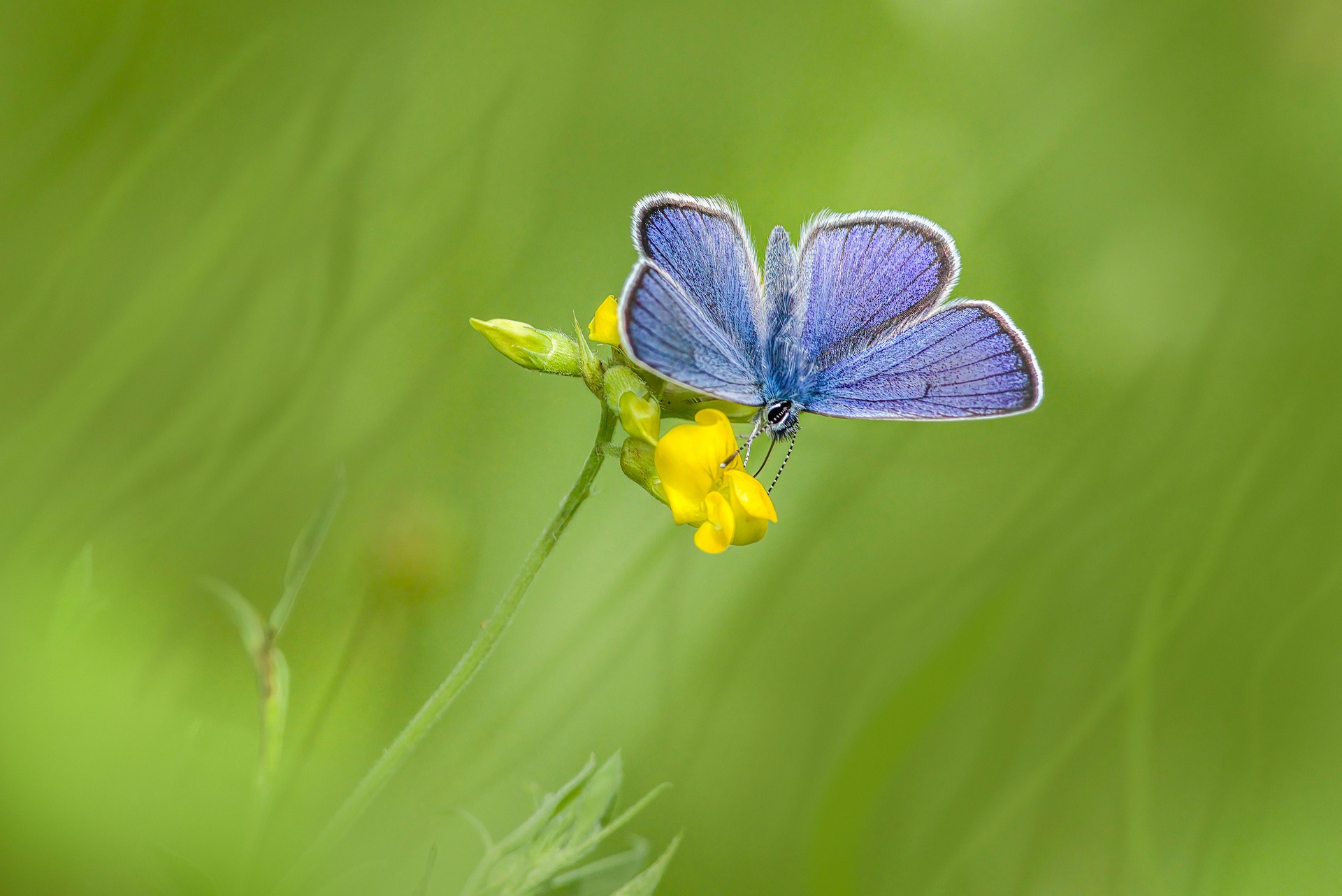
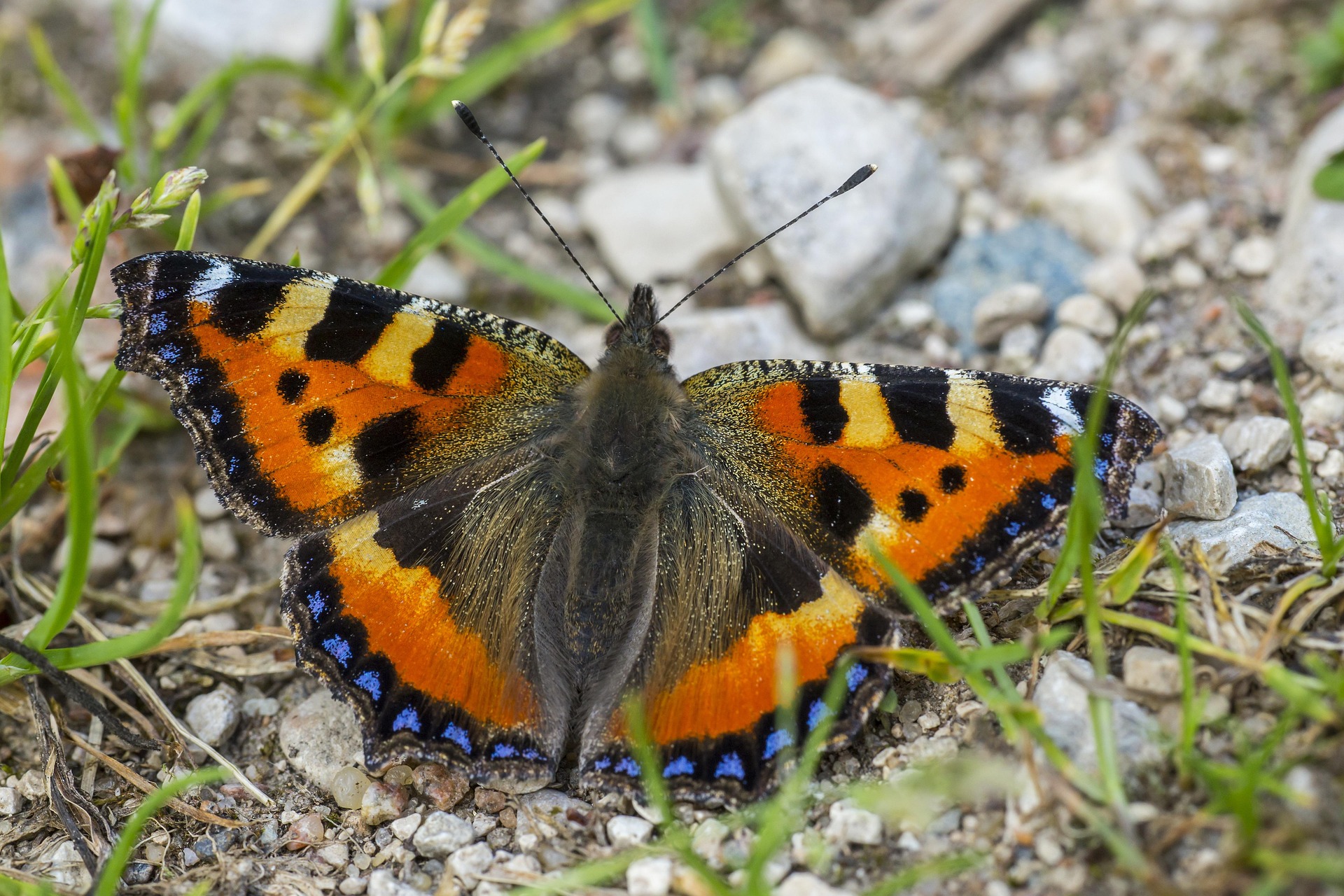
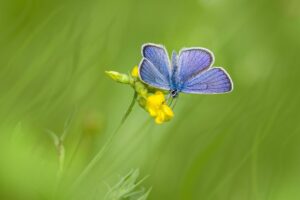
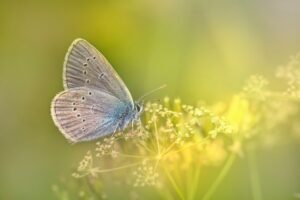
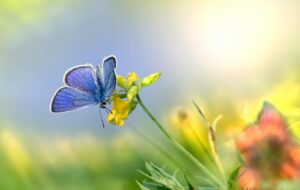
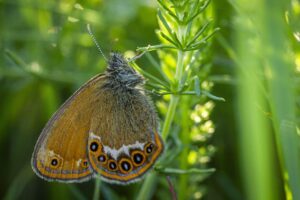
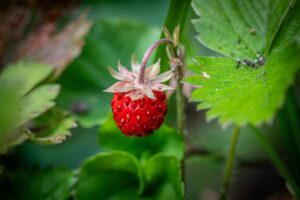
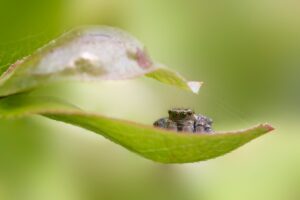
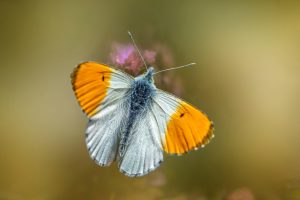
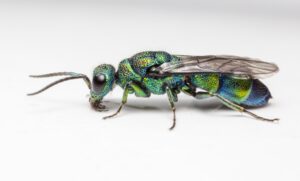
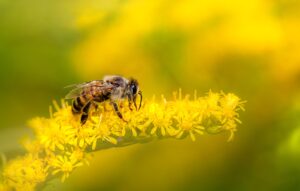
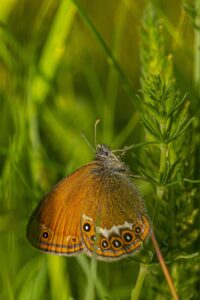
Post Comment